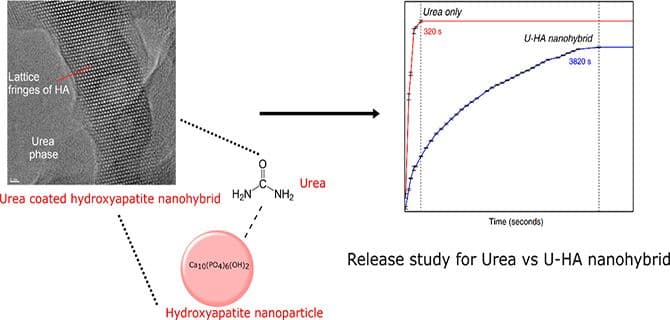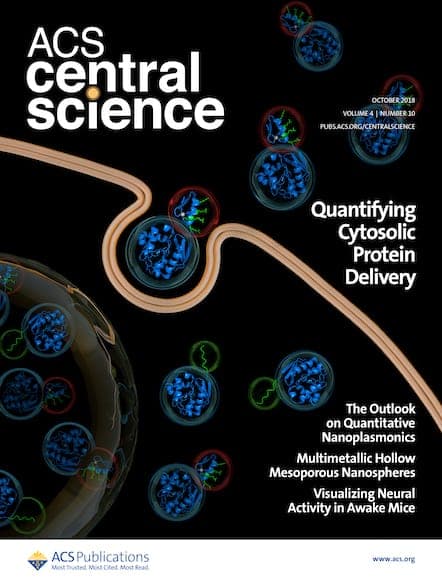Chemical & Engineering News covers the world of chemistry, from research and education to business and policy. Here’s a sampling of their coverage of research from ACS journals: *** Reducing the Side Effects of An Important Antifungal Drug A change to the structure of antifungal medication amphotericin B alters the way it interacts with cell […]

Chemical & Engineering News covers the world of chemistry, from research and education to business and policy. Here’s a sampling of their coverage of research from ACS journals:
***
Reducing the Side Effects of An Important Antifungal Drug
A change to the structure of antifungal medication amphotericin B alters the way it interacts with cell membranes, researchers say, allowing it to destroy fungal cells while sparing mammalian ones. By conjugating the drug to cholic acid, researchers were able to prevent the drug’s aggregate form from penetrating mammalian cell membranes, while still allowing the monomeric form to affect fungal cells. This breakthrough may lead to improvements in other medications that can rupture human cell membranes, such as antibiotics.
- Read the story in C&EN.
- Read the research inBioconjugate Chemistry.
***
Design Improvement Increases the Utility of Sodium-Ion Batteries
Researchers say they’ve come up with a solid-state sodium-ion battery design that doesn’t overheat due to short-circuiting. By increasing contact between the solid sodium anode and solid electrolyte, researchers say the design prevents the formation of problematic dendrites that lead to short circuits. The new design is efficient and has a good cycle life, making it potentially useful for storing renewable energy.
- Read the story in C&EN.
- Read the research in ACS Central Science.
***
Time-Release Fertilizer Could Improve Crop Yields, Reduce Runoff
By releasing its nutrients over time, a new fertilizer could improve crop yields while reducing the amount of ammonia-laced runoff water. Researchers combined urea, a common source of nitrogen in fertilizer, with nanoparticles of a form of calcium phosphate to create a time-released fertilizer. The new fertilizer is more expensive, but the cost is balanced by the fact that farmers won’t need to use as much of it.
- Read the story in C&EN.
- Read the research in ACS Nano.
***
Protein-Based Drugs Get Stability Boost From New Polymer
A newly-developed polymer could help extend the lifetime of proteins like insulin, both in and out of the body. Trehalose-based glycopolymer increased the in vivo lifetime of insulin in mice during recent trials, while also protecting the insulin from aggregating under heat and mechanical stress. The polymer could help stabilize drugs in parts of the world where continuous refrigeration is less common.
- Read the story in C&EN.
- Read the research inBioconjugate Chemistry.
***
That’s just a small sample of the robust coverage C&EN provides. Get the latest news in your discipline with weekly e-mail updates.
